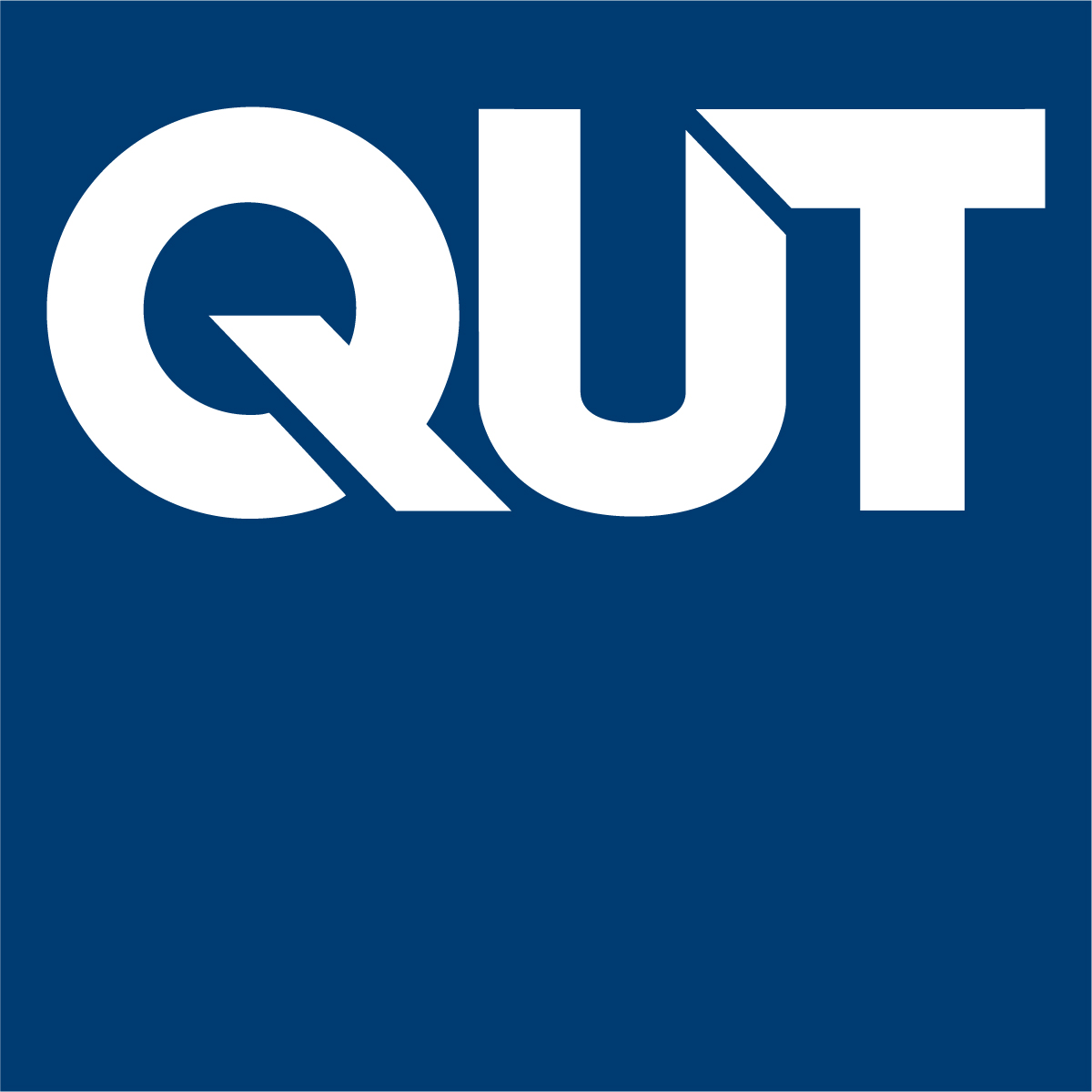The next session at the IAMCR 2025 conference in Singapore is on news and social media framing, and starts with Xu Pengfei, examining how Chinese and Korean news reported on the Fukushima nuclear wastewater discharge in 2023. Chinese and Korean news outlets reported intensively on this, given the fears about how the nuclear waste might affect their coastal regions.
Key to this study is news framing theory, which tends to identify a number of key framing approaches; in East Asia, historical frames are especially common in international reporting. How, then, did Chinese and Korean media frame the event, and what differences were there between the two countries?
The project explored this through a qualitative content analysis of reporting in People’s Daily and Southern Weekly in China, and Chosun Ilbo and Hankyoreh in Korea. Chinese media emphasised condemnation, national security, and historical responsibilities, with a focus on the severity and impact; Korean media highlighted government policies, historical grievances, and public sentiment.
These differences reflect distinct political, historical, and geographical contexts, and underscore the critical role of media in shaping international communications. Newspaper sites offer only one framing, however – broader media analysis should augment these observations.












